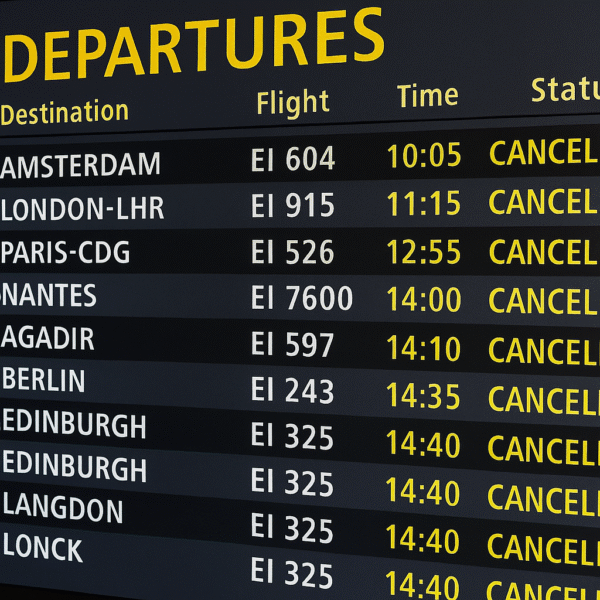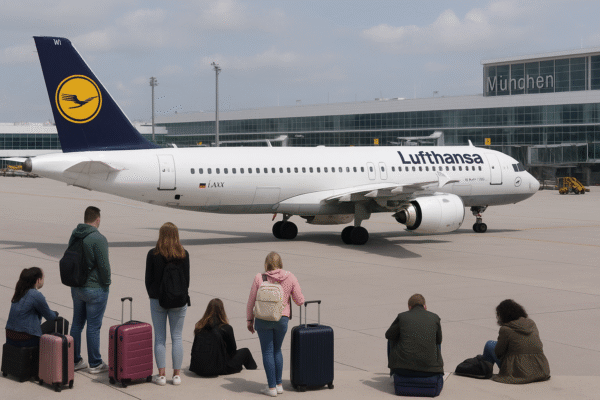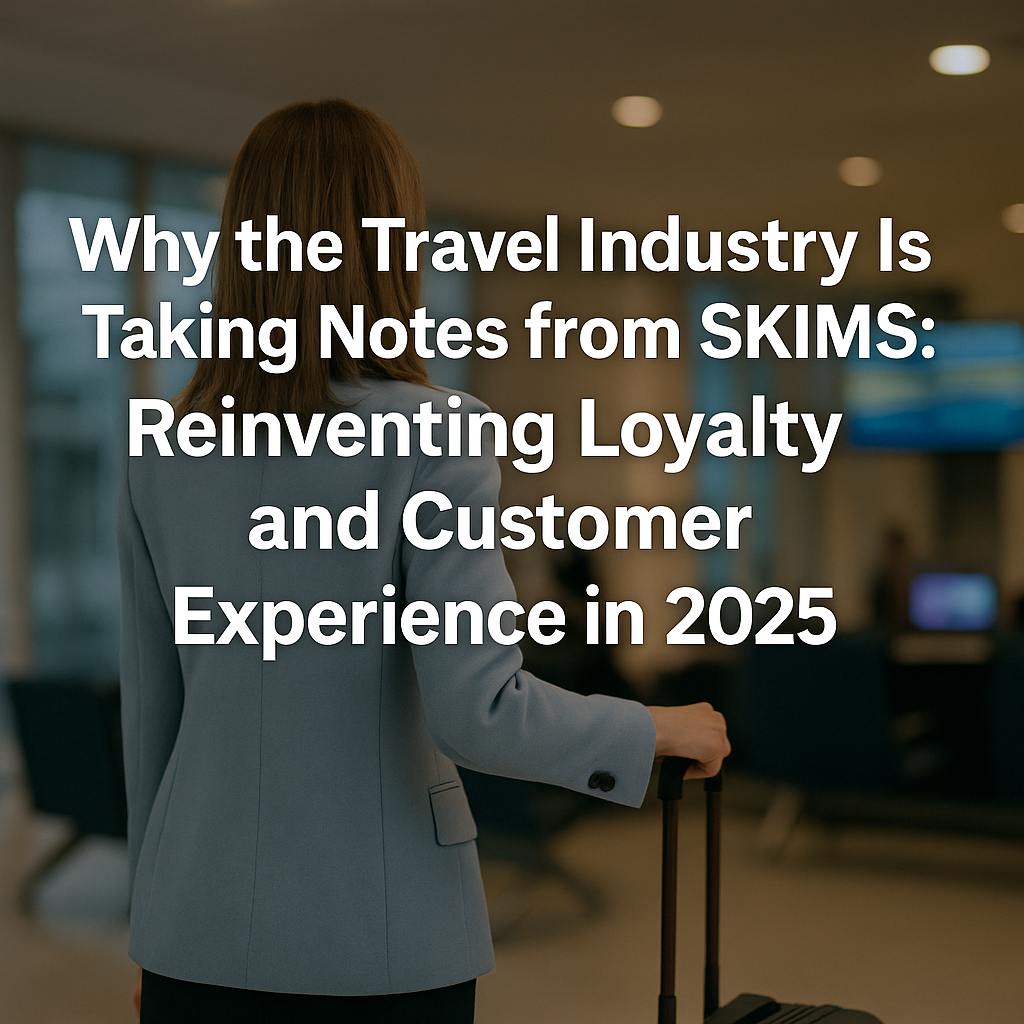Travel Brands Rethink Loyalty: Why the SKIMS Model Is Shaping Tourism in 2025
The global tourism industry is undergoing a seismic shift in 2025. While international travel continues to surge post-pandemic, traditional notions of brand loyalty are collapsing. Airlines, hotel chains, and tourism operators are losing their grip on once-loyal customers, who now demand more than points, upgrades, and platitudes. The root of this crisis? Outdated customer experience.
In a surprising twist, many industry analysts are pointing to a non-travel brand—SKIMS, the billion-dollar fashion juggernaut launched by Kim Kardashian—as the blueprint for regaining traveler loyalty. The fashion brand has successfully mastered the modern consumer psyche by focusing on personalization, frictionless service, and emotional connection. For the travel sector, the SKIMS model might just offer a lifeline.
From Perks to Personalization: The Death of Legacy Loyalty
According to recent studies, loyalty in the travel sector is down by 25% compared to 2020 levels. Inflation, inconsistent service, and digital fatigue are driving travelers to abandon once-preferred brands in favor of experiences that feel smoother, more personal, and emotionally rewarding.
Gone are the days when a frequent flyer number and a room upgrade could ensure repeat business. Travelers now seek digital fluidity, personalized itineraries, and instant solutions when problems arise. Unfortunately, many legacy travel brands still operate with clunky systems, outdated apps, and slow support.
Enter SKIMS: A Masterclass in Emotional Loyalty
Originally dismissed as a celebrity-endorsed gimmick, SKIMS has disrupted fashion retail through obsessive attention to customer satisfaction. The brand built a $750 million empire not by slashing prices or over-promising, but by offering:
- Personalized recommendations via AI
- Lightning-fast issue resolution through integrated tech
- Exclusive digital events and product drops
- Transparent inventory and live updates
In essence, SKIMS rewrote the customer journey—something travel brands now must urgently emulate.
The Airline and Hotel Parallel
Airlines often face backlash for delayed notifications, poor mobile UX, and confusing rebooking processes. Hotels, too, are criticized for rigid loyalty programs that rarely reflect real guest behavior.
Imagine if airlines offered real-time upgrade availability through intuitive apps, or if hotels used AI to curate spa treatments, local tours, or in-room dining options based on past preferences. This isn’t futuristic fantasy—it’s the standard customers now expect.
In Dubai, Emirates is investing heavily in AI-driven support to predict and resolve flight issues before customers even notice them. In Singapore, Marina Bay Sands is testing real-time personalization apps that suggest dining or entertainment options based on traveler behavior. These are early signs of the SKIMS effect taking hold.
Live Travel Events: Turning Bookings Into Experiences
One of SKIMS’ most powerful tools is the “drop” model—exclusive product launches tied to live digital events. It’s something travel brands can replicate. Imagine:
- Livestreamed hotel tours for limited-time packages
- Exclusive airfare deals revealed during real-time influencer takeovers
- Virtual events where viewers can interact with travel advisors and book in real time
Turning booking into an immersive, interactive moment boosts engagement and conversion. A 2024 study by McKinsey found that immersive shopping experiences increase purchase rates by up to 42%—a stat the tourism industry can’t afford to ignore.
Solving the Inventory Glitch
SKIMS solved the frustration of “sold-out” sizes with smart inventory updates. Travel brands, notorious for showing phantom availability or surprise rate changes, must do the same. Centralized, real-time inventory systems are no longer optional—they’re a business imperative.
Airbnb has begun piloting dynamic availability tools that adjust listings in real time. Meanwhile, platforms like Expedia and Hopper are investing in predictive inventory to streamline checkout. These innovations are drawing inspiration from retail—but made for the road.
AI-Powered Personalization: Not Creepy, Just Smart
Where SKIMS uses machine learning to suggest size and style, travel companies can use it to anticipate traveler preferences. From suggesting off-season retreats to recommending family-friendly beach destinations, this kind of personalization creates meaningful engagement.
For example, a traveler who booked a romantic getaway in Santorini in 2023 might receive personalized offers for luxury spa experiences in Bali, or curated experiences in the Amalfi Coast. The goal is to make travelers feel understood—not monitored.
Real Returns: The Financial Argument for CX Investment
Customer experience is no longer a cost center—it’s a profit multiplier. According to Forrester, companies that lead in CX outperform laggards by nearly 49% in revenue growth and retain 51% more customers.
Delta Airlines’ continued investment in biometric boarding and mobile check-in has driven a 22% increase in NPS scores. Hilton’s digital key and custom-stay requests feature has driven a 28% increase in app engagement. The trend is clear: better experiences lead to stronger financial outcomes.
Strategic Action Plan for Travel Brands
To survive—and thrive—in the loyalty economy of 2025, travel leaders must:
- Prioritize Mobile UX: Optimize apps for seamless bookings, instant support, and real-time updates.
- Embrace AI Personalization: Leverage customer data to curate experiences across all stages of travel.
- Create Shareable Moments: Turn the booking process into an event, not a transaction.
- Resolve Issues Instantly: Use AI agents and live chat to provide on-the-spot resolutions.
- Treat CX as a Growth Lever: Invest in service design the way you’d invest in advertising.
Final Boarding Call: CX Is the New Loyalty Program
In 2025, the travel industry is no longer just about destinations—it’s about the digital, emotional, and human journey that gets you there. Travelers now expect the ease of e-commerce, the emotion of storytelling, and the reliability of tech—all wrapped into one experience.
The brands that succeed will be those that take customer experience seriously—not just as a department, but as a strategy. In this new era, loyalty isn’t bought with points—it’s earned with every seamless touchpoint.
SKIMS proved it in fashion. Now it’s time for travel to take the hint.
For more travel news like this, keep reading Global Travel Wire

















